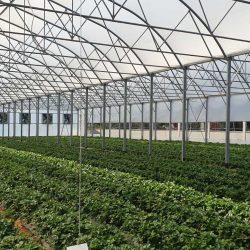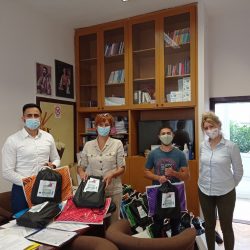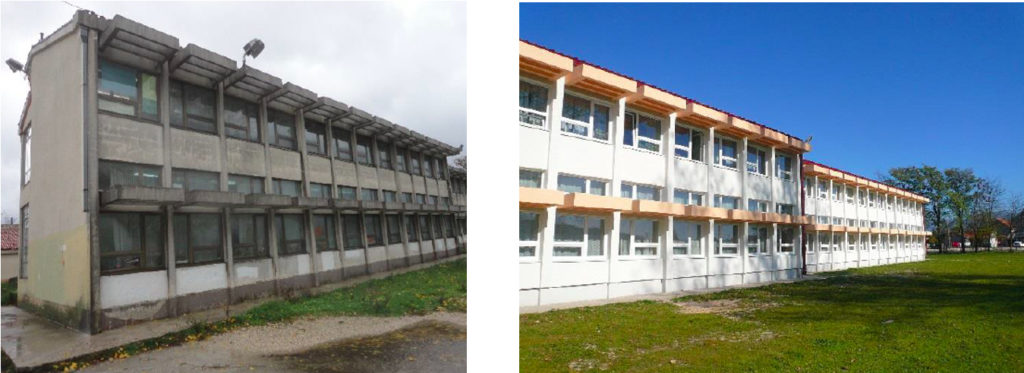Achieving zero energy is an ambitious but attainable goal. One of the ways to achieve it is to encourage the construction of zero-energy buildings. They combine energy efficiency and renewable energy generation to consume only as much energy as can be produced on site, through renewable resources and within a specified time period. In short, zero-energy buildings produce as much energy as they consume.
The European Union is committed to increasing the number of nearly zero-energy buildings in its Member States. According to the Energy Performance of Buildings Directive (EPBD), all new buildings constructed in EU Member States must be nearly zero-energy buildings (nZEBs). As the Western Balkan countries, including Montenegro, strive to join the EU, they need to adapt to this new legal framework.
The nZEB concept is identified in the EU’s Economic and Investment Plan for the Western Balkans as flagship within the so-called Renovation Wave. It is also a part of the Regional Energy Efficiency Programme (REEP). The EU established this programme in 2013 in order to support the Western Balkan countries to unlock their energy efficiency potential. In 2016, the programme evolved into REEP Plus so as to continue to support energy efficiency investments in the Western Balkans, particularly in the residential sector.
One of the successful energy efficiency projects carried out as part of this programme in Montenegro is the reconstruction of Jagoš Kontić Primary School in Nikšić. The roof cover was replaced, thermal insulation was applied under the roof and on the façade walls and the façade joinery luminaries and boilers were replaced. Also, the radiators were flushed, thermal valves installed and painting works completed.
Another project involves the reconstruction of the ministerial complex in Podgorica. The intention is to make this building an example of energy efficiency standard.









